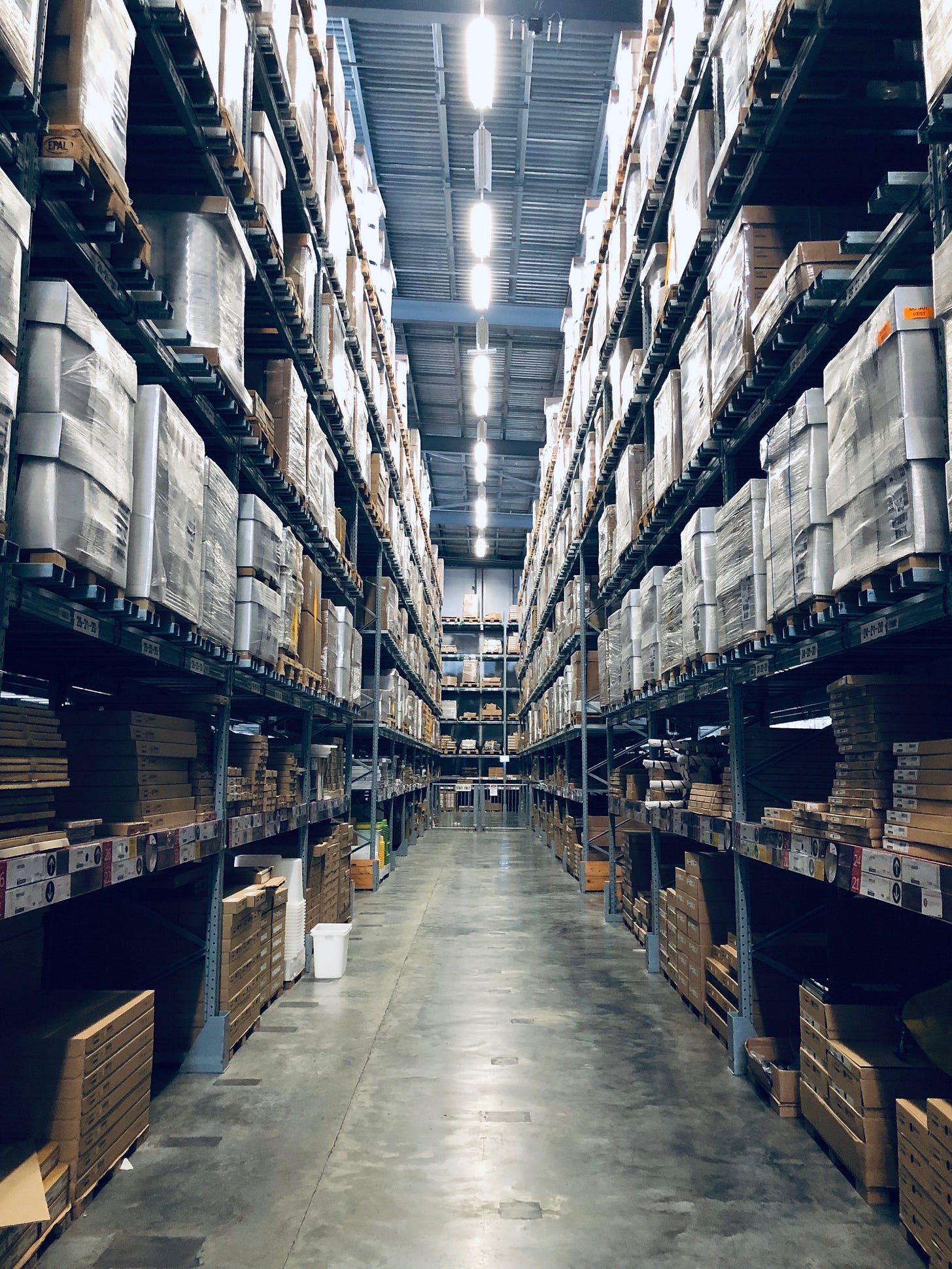Is Speed the Key? A Glance at the Operational Model of Q-Commerce Startups!
The world is moving faster than ever and people are becoming more and more digitally enabled day by day. But, in this fast world, we are seeing a new concept of Q-Commerce emerging and doing trends on social media recently where people are quite skeptical about how the model is working and how things are being delivered so quickly, and are these startups really making profits while giving so many discounts and giving away free deliveries as well. In this series, we are going to demystify the Q-Commerce Vertical.
What is Q-Commerce?
Q-Commerce is the next generation of E-Commerce that is based on the on-demand delivery model. It aims to reduce the time between the order placed by the customer and its delivery. Most of the startups are aiming to reduce this time to 10 minutes, however right now the delivery times range from 10 to 20 minutes. Some of the startups working in this space include:
GoPuff ($40B Valuation)
Dunzo ($800M Valuation)
Zepto ($570M Valuation)
Gorillas ($3.1B Valuation)
Jokr ($1.2B Valuation)
Operational Model of Q-Commerce:
Q-Commerce works on the Micro Warehousing Strategy which basically means setting up multiple dark stores across a city, usually 1 dark store per area.
Before we move on, let’s see what is a dark store
"A dark store is basically a micro warehouse, where items are kept for rapid order fulfillment, unlike a warehouse where we store goods for a longer period of time. In the Dark stores, the items are placed in a strategic manner so that they can be picked up with speed.”
So, the question arises whether each and everything is stored in a dark store?
Well, the answer is yes and no. How?
Items in a dark store are shelved quite smartly in which demand is predicted at a hyper-local level through incoming demand data from customers and only those limited items are kept in huge amounts. So, the company knows what you are going to order, and hence, that item has been kept. But if you are looking for something that hasn’t got much demand in your area then you might not be able to order it. However, when the demand increases to a certain amount, items are shelved and that is also done quite quickly.
But, Where do the items come from?
So, basically, there is a distribution center set up that operates at a macro level and provides items to all the dark stores in the city. The distribution center is made to store the items for a longer period of time and receives items directly from the suppliers.
Alright, but still how does the delivery guy reaches my home in 10 mins?
Here we need to do some estimation. How far do you believe a dark store would be from your home? So basically, the structure is designed in such a way that each dark store covers a radius of around 2 to 3 kilometers and in some cases 3-4 kilometers. A distance of around 3 kilometers can be easily covered on a bike in 7 to 8 minutes. The rider can easily pick up the order in around 2 minutes and therefore, can easily reach your home in 10 minutes or at most 15 to 20 minutes in case of traffic and wows you as well.
Flow Chart of the Operational Model of Q-Commerce Startups
Let’s see, what the operations look like in the form of a flow chart!
Keeping in view all the operations defined above, do you think this model would be resulting in a positive cash flow cycle? We will leave it here for you to think about this until we demystify the business model of Q-Commerce in the upcoming article. But, we will give you a hint and that is "Q-Commerce Follows a Vertically integrated Business Model". Research about it and see how it fits in the Q-Commerce Ecosystem!




